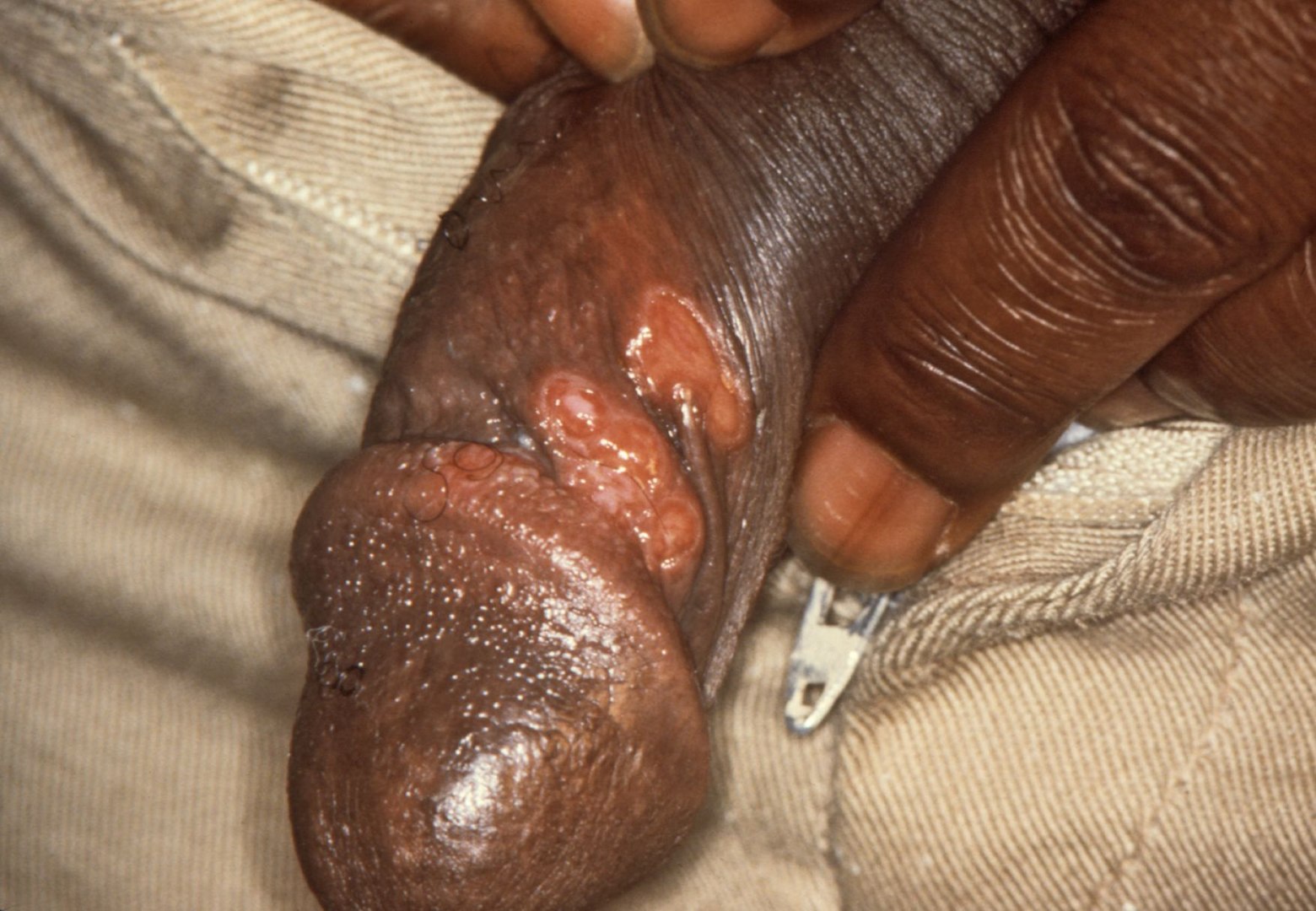Playlist
Show Playlist
Hide Playlist
Syphilis in Darker Skin: Epidemiology and Pathophysiology
-
Slides Syphilis Epidemiology Pathophysiology.pdf
-
Download Lecture Overview
00:00 Welcome to our lecture on syphilis. 00:04 Syphilis is a sexually transmitted infection caused by Treponema pallidum. Females are affected, and there's about 17.2 cases per 100,000 people. Males. We get about 17.7 cases per 100,000. 00:27 The prevalence of syphilis varies by region. 00:31 You have the highest prevalence in South and Southeast Asia, and the second highest is in sub-Saharan Africa. 00:40 Acquiring syphilis escalates the risk of HIV acquisition by 2 to 5 times and enhances the efficiency of HIV transmission. 00:51 So what causes syphilis? Syphilis is caused by Treponema pallidum, which is a spirochete. 00:57 It's a strictly human pathogen. 01:00 It doesn't natural occur in other species. 01:03 Transmission routes, direct contact with an infectious lesion during sexual intercourse, and it can also be transplacental transmission in congenital syphilis. 01:17 Blood transfusion is possible transmission route. 01:20 However, it is rare because all donors are screened and Treponema pallidum cannot survive longer than 24 to 48 hours under blood bank storage conditions. 01:33 Now let's talk about pathophysiology of syphilis. 01:37 Only individuals with active primary or secondary syphilitic lesions are infectious, meaning they can transmit the bacteria. 01:45 The routes of transmission include sexual intercourse, kissing only if person has visible sores in the mouth, as well as by touching a syphilitic sore. 01:59 Treponema pallidum usually penetrates the skin through microscopic abrasions that are formed during sexual intercourse. 02:08 Let's take a look at the various stages of syphilis. 02:11 There's primary, secondary, latent, and tertiary syphilis. So how about primary syphilis? The incubation period is about 3 to 6 weeks. 02:22 One gets an ulcerative lesion that we call a chancre at the primary site of inoculation. It resolves within 3 to 12 weeks with or without treatment. 02:34 Secondary syphilis takes about 4 to 10 weeks after the appearance of the primary lesion. There's multiplication and spread of spirochetes throughout the body with various clinical manifestations. 02:48 Latent syphilis features have been resolved by patients are still seroactive in this form of syphilis. 02:58 In tertiary syphilis, this develops years later if syphilis is left untreated.
About the Lecture
The lecture Syphilis in Darker Skin: Epidemiology and Pathophysiology by Ncoza Dlova is from the course Bacterial Skin Infections in Patients with Darker Skin.
Included Quiz Questions
What organism causes syphilis?
- Treponema pallidum
- Neisseria gonorrhoeae
- Chlamydia trachomatis
- Haemophilus ducreyi
- Calymmatobacterium granulomatis
Which of the following is NOT a common route of transmission for syphilis?
- Mosquito bites
- Sexual intercourse with an infected person
- Direct contact with infectious lesions
- Transplacental transmission to fetus
- Kissing someone with oral syphilitic lesions
Customer reviews
5,0 of 5 stars
| 5 Stars |
|
5 |
| 4 Stars |
|
0 |
| 3 Stars |
|
0 |
| 2 Stars |
|
0 |
| 1 Star |
|
0 |




